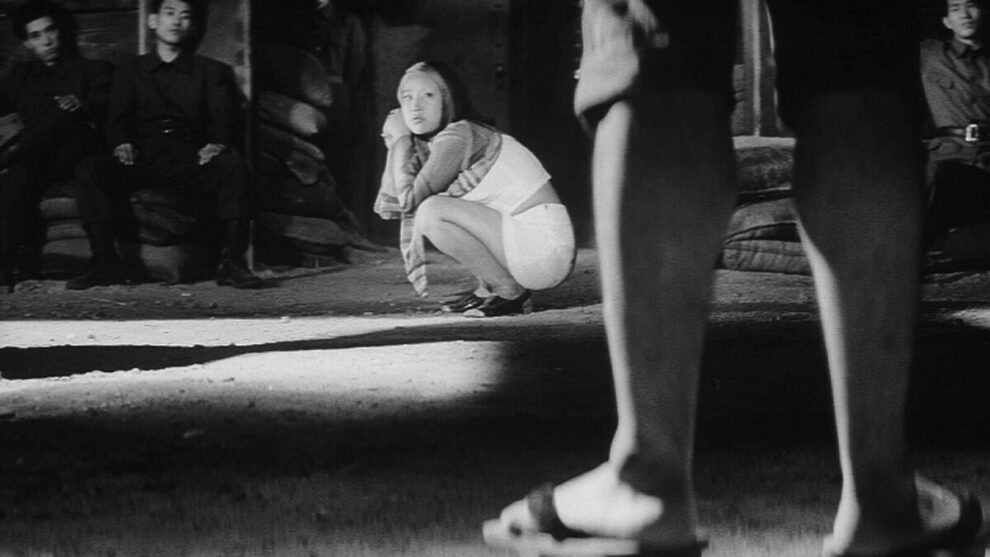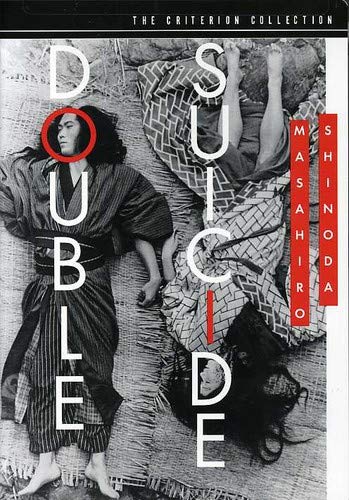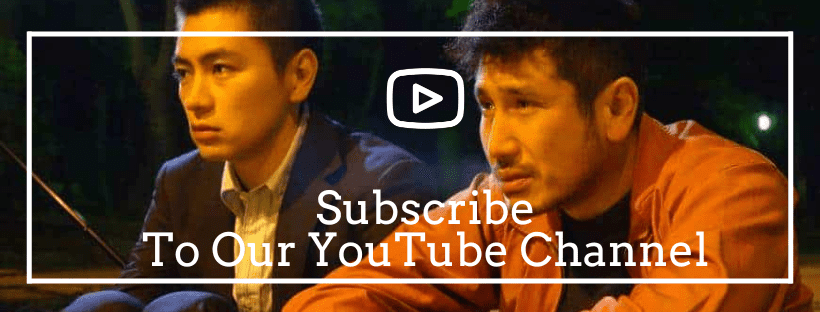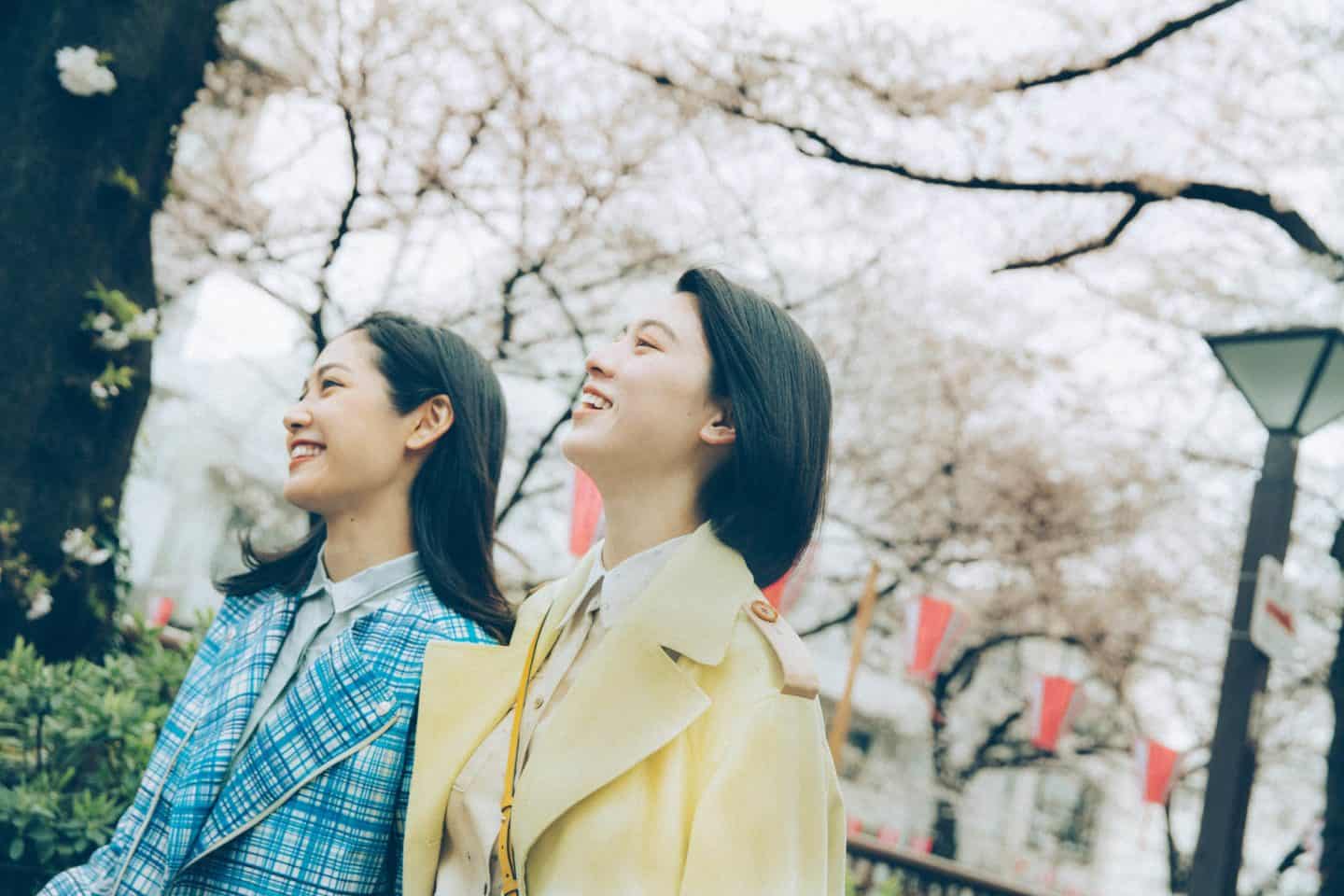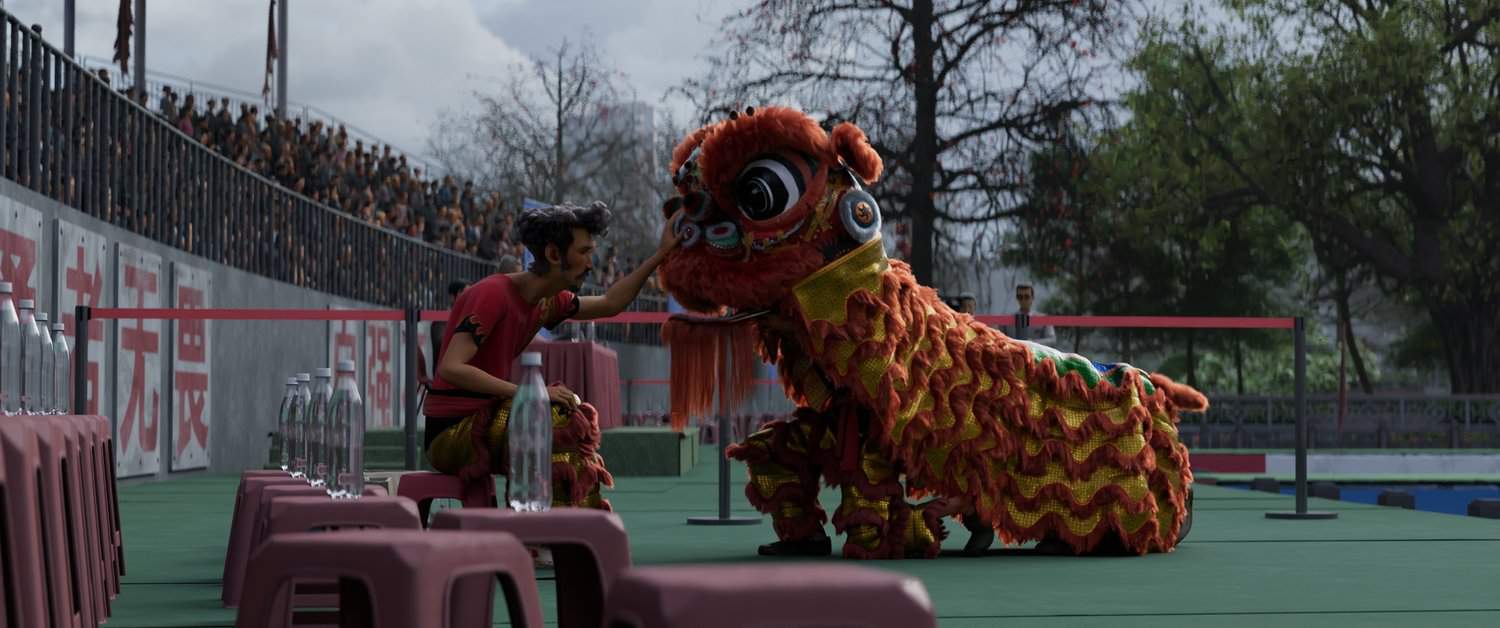by Palomo Lin-Linares
How does one categorize the films of Nagisa Oshima? Even among his brethren new wave directors, he stands as an auteur independent of any particular movement. “Japanese Summer: Double Suicide,” in all its absurdism, provocation, and politically charged imagery, is a perfect example of Oshima's non-conformist method of expression.
The film opens with a series of left hook vignettes, connected by cultural imagery which serve as an introduction to the film's language and style. Nejiko, a young sexually obsessed woman (Keiko Sakurai) meets Otoko, a man obsessed with death (Kei Sato). This pseudo romance is interrupted when the couple are taken prisoner by mysterious gangsters and placed in a hideaway. Here they meet the rest of the movie's characters that are composed of equally obsessed oddballs: a television loving fascist, a trigger happy kid, an anarchist, and a psychopath. The majority of the film's runtime will be spent within the enclosed walls of this hideaway. The story's action is a catalyst of its self-destructive characters, whose desires motivate them to seek out a certain foreign rifleman, who has taken to shooting Japanese in the city.
This brief synopsis likely doesn't give much in way of context, the same goes for actually watching the movie. Viewers will likely feel estranged by the tone and characters of “Japanese Summer: Double Suicide.” It reportedly even left Yukio Mishima confused, a fact which Oshima was proud of. It seems as if he purposefully alienated the audience in order to fully explore the subject. This is a sentiment which he made clear in a letter sent out to the crew. He stated that this was a film which won't be understood, and would likely have many misinterpretations.
The “Double Suicide” referenced in the title is hinted at from the start; Nejiko and Otoko meet on a chalk outline of two bodies (a double suicide?). This theme continues with all the characters we meet, whose own personal desires (such as shooting someone) seem doomed to end tragically from the start. This can be seen in characters like Otoko, who don't take the initiative in their own deaths, but rather seek it curiously. Otoko's obsession with death is what drives him towards it. Oshima stated that the movie was about the death drive of Japanese youth culture, and it is clear that the rest of the film is thematically built around that idea. These characters act in reckless pursuit of self satisfaction, and all find themselves on a death march, be it because of naivety, disillusionment, anarchy, nihilism, oppression, etc. There is a great sense as if all the violence here is senseless or in vain, as if it could've been easily avoided. Regardless of the deeper subject, all of these ideas and feelings are conveyed to the audience on an emotional level; the theoretical being reserved for those who share a similar ideology.
The actors, featuring many Oshima regulars, such as Kei Sato and Rokko Toura, provide very minimalistic, but occasionally theatrical performances. Since much of the movie is composed in wide shots, actors taking up small portions of the frame, this theatrical acting is necessary to express the intended actions. Rokko Toura as “television” lends himself to the style particularly well, and provides a performance which delivers great emotion during a couple scenes. Notably, the deadpan performance by Kei Sato contrasts well with the screwball energy of Keiko Sakurai, and their relationship provides the socket on which the film rests.
“Japanese Summer: Double Suicide” features a black and white color palette, and cinematography by Yasuhiro Yoshioka, which works parallel with Oshima's direction. There is something to be said about how the camera is able to find and then emphasize the smallest details of a shot, and elevate it; this could be a focus on sweat, or something as simple as a prolonged blink. The camera movement itself is also a healthy balance of the dynamic and reserved. During moments of intrigue, it'll swing around its environment, or follow its subjects with genuine interest. At other moments, it will stay back and let the action unfold as if in a play. This creativity of expression and constant experimentation is what elevates “Japanese Summer: Double Suicide” beyond its period.
The set of the gangsters hideaway is one rung with dramatic potential, and thematic elements. And though such an environment could become dull after a prolonged exposure, Oshima manages to find a wonderful variety in compositions, which is, like the acting, very theatrical. There are multiple actors in frame, and the subject (who is talking) is not always what is being focused on. The screen is filled with information, as action happens both in the foreground and background of shots.
“Japanese Summer: Double Suicide” is a film that perfectly reflects the Oshima of the era. All of his recurrent themes are present, and we get the full avant-garde experimentation of a confident director.


